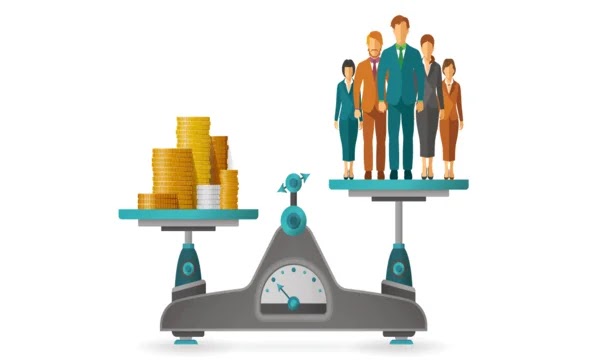
Cost Accounting: The Key to Managing Business Costs and Maximizing Profitability.
Estimating benefits or overall gain is the main thing bookkeepers do.
The second most significant undertaking is estimating costs.
Costs are critical to maintaining a business and overseeing them viably can have a significant effect on an organization's primary concern.
Any business that sells items has to realize its item costs and relying upon what is being produced as well as sold, it can get convoluted.
Each progression in the creative interaction must be followed cautiously from beginning to end.
Many assembling costs can't be straightforwardly coordinated with specific items; these are called roundabout expenses.
To compute the full expense of every item made, bookkeepers devise strategies for allotting aberrant creation expenses for explicit items.
Sound accounting standards (GAAP) give not have many rules for estimating item costs.
Bookkeepers need to decide on numerous different expenses, notwithstanding item costs, like the expenses of the divisions and other authoritative units of the business; the expense of the retirement plan for the organization's representatives; the expense of showcasing and publicizing; the expense of rebuilding the business or the expense of a significant review of items sold by the organization, should that always become fundamental.
Cost bookkeeping fills two expansive needs:
- estimating benefits and outfitting applicable data to directors.
- Makes it befuddling that there's nobody set strategy for estimating and announcing costs, even though precision is vital.
- Cost bookkeeping can fall anyplace on a continuum between moderate and far-reaching.
- The expression genuine expense relies completely upon the specific techniques used to gauge cost.
- These can regularly be just about as emotional and undefined as certain frameworks for passing judgment on sports.
- Again exactness is critical.
- The all-out cost of merchandise or items sold is the first and normally the biggest cost deducted from the deal's income in estimating benefit.
In summary, bookkeepers play a vital role in estimating costs for a business.
They must carefully track and allocate indirect production costs for specific items.
Cost accounting serves two main purposes: estimating benefits and providing relevant information to managers.
However, there is no set strategy for estimating and reporting costs, and precision is crucial.
The total cost of goods sold is the largest cost deducted from sales revenue in calculating profit.
Additionally, cost accounting can also involve analyzing and monitoring various types of expenses such as labour costs, raw materials costs, and overhead expenses.
By analyzing these costs, bookkeepers can identify areas where costs can be reduced and make recommendations to management on how to improve profitability.
It is also used to determine the break-even point and pricing strategies.
Furthermore, cost accounting can also include budgeting and forecasting, which helps management to plan and control future expenses.
It also involves the use of various cost accounting systems, such as process costing, job costing, and activity-based costing, which helps to identify and assign costs to specific products or activities.
In short, cost accounting is a critical function for any business as it helps management to make informed decisions about the financial performance of the organization and to plan for future growth.
It requires a strong understanding of accounting principles and the ability to analyze and interpret financial data.
Another important aspect of cost accounting is variance analysis, which compares actual costs to budgeted or standard costs to identify any differences.
This helps to identify and analyze any cost variances and to take corrective action if necessary.
Furthermore, cost accounting can also be used to evaluate the efficiency and effectiveness of the organization's operations.
By analyzing costs and comparing them to industry standards or competitors, management can identify areas where the organization can improve its operations and become more efficient.
In addition, cost accounting can also be used in decision-making processes.
For example, it can be used to evaluate the feasibility of new projects, product lines, or expansion plans.
It can also be used to evaluate the profitability of different products or services and to make decisions about pricing strategies.
In conclusion, cost accounting is a vital function for any business.
It helps management to understand the financial performance of the organization, to plan for future growth, and to make informed decisions about the organization's operations.
